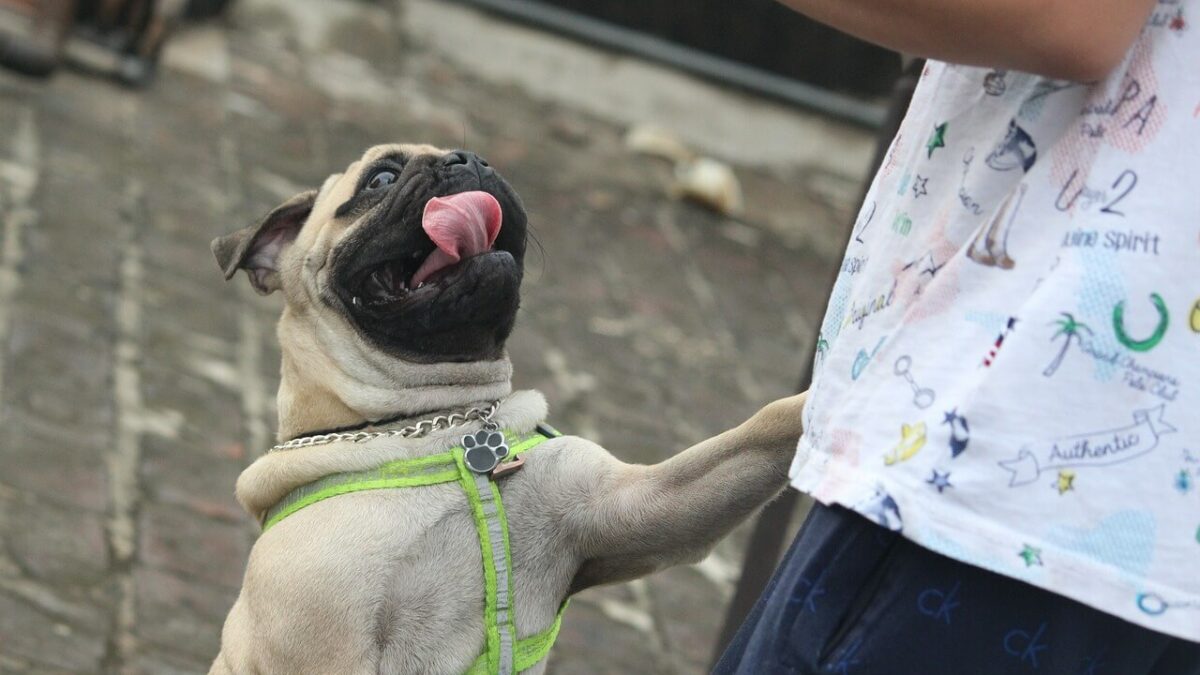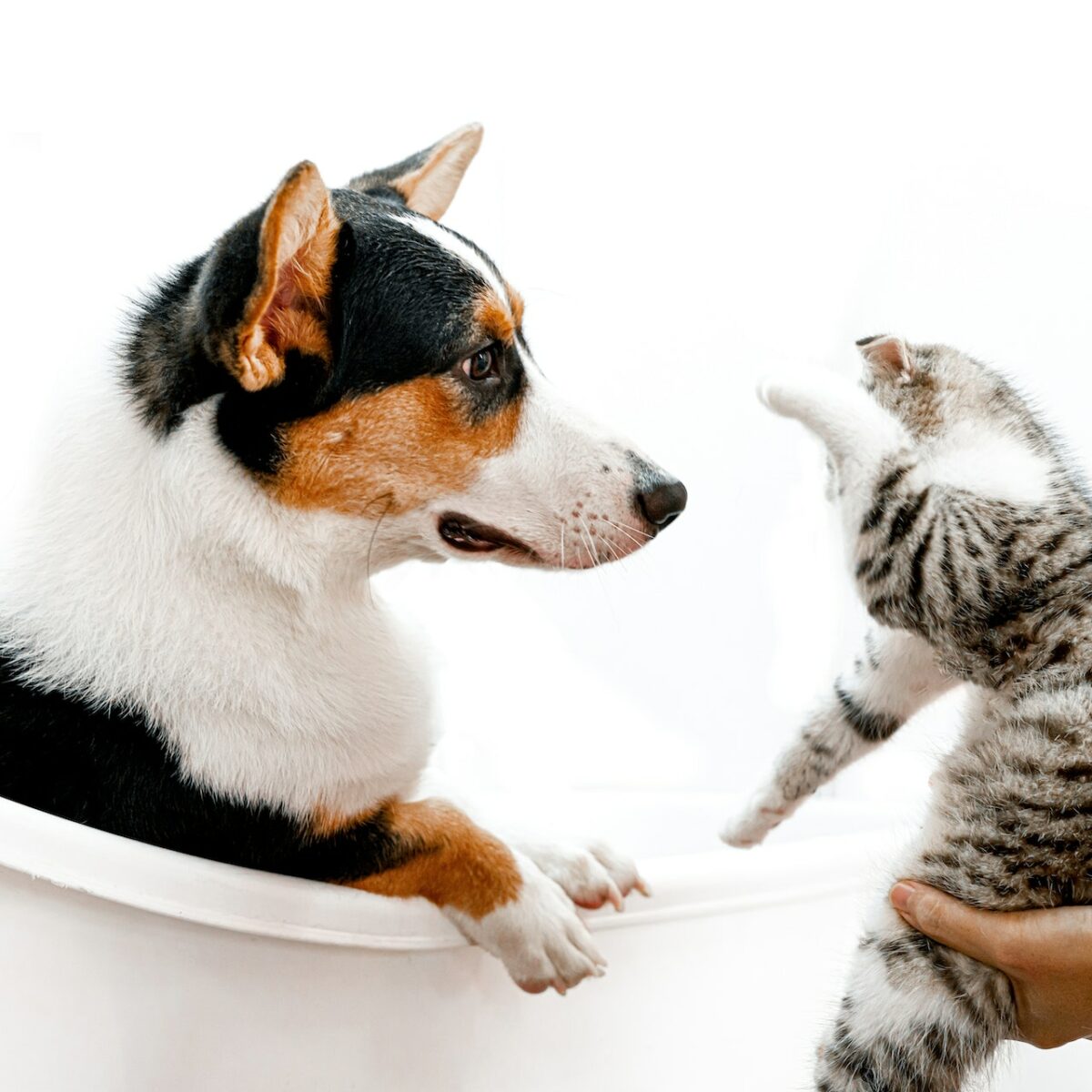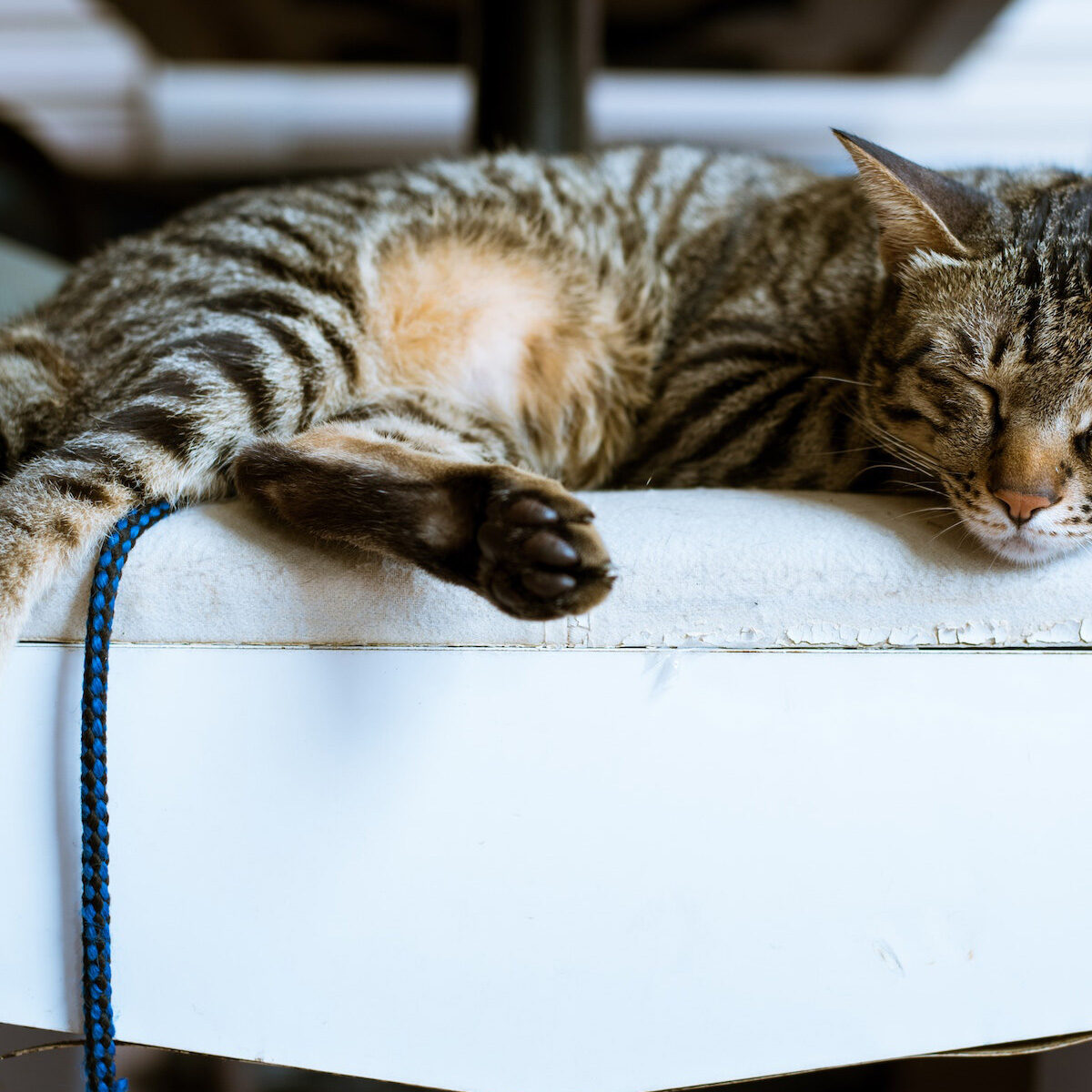- We speak for those who have no voice
- (+27) 028 312 1281
- (+27) 072 360 0102
- adoptions@hermanusanimalwelfare.co.za
How to Stop Dogs from Jumping Up

Your Dog’s Basic Needs
May 22, 2023
ASH
June 18, 2023Jumping up enthusiastically is part of normal canine behaviour. It has its roots in puppy greeting behaviour which involves licking the muzzle of returning adults. For a weaned wolf puppy it is essential and normal to beg for food by jumping up and licking the adult’s mouth to stimulate it to regurgitate food. In adulthood and domestic dogs jumping up becomes a normal greeting and appeasement ritual. Dogs consider it a compliment – we consider it a nuisance, especially in adult dogs.
In all likelihood it is also a behaviour you have reinforced (rewarded) when your dog was still a puppy. Tail wagging, jumping puppies are just irresistible. How great must your dog’s confusion be when he grows up and suddenly you punish him for something that comes naturally to him and he was praised and cuddled for all along. He was never really taught not to jump on you, was he??
So, let’s teach Fluffy to stop jumping.
In a nutshell you have to make jumping up unrewarding and teach him an alternative way to greet you, which is rewarded.
While retraining your dog try to avoid the situations in which he normally jumps up. Use a leash or his collar to stop him from jumping on visitors and yourself. Alternatively ignore the jumping up and turn your back, don’t speak to him (no, not even to shout at him!!), don’t touch him. It is important that all family members stop to acknowledge the dog if he jumps.
Cool your greeting ritual. On returning home, walk past your dog, ignore him for a little while and then call him to greet him calmly. If he is not too hyper kneel down so he does not need to jump up.
Praise and greet only while all four paws are on the ground.
- Teach an acceptable behaviour that is incompatible with jumping up like a sit or down stay (your choice).Get a nice treat, hold it in your hand but don’t give it to your dog. Don’t give any command; just patiently wait until your dog shows the behaviour you want. Praise and treat immediately.
Take a step away from your dog and repeat the process until Fluffy sits / downs reliably and immediately after each step you take. Don’t make your training sessions too long (5-10 min), rather practice a few times a day, as you can. Always stop on a high note and while your dog is still eager to work. Steadily increase the length of the sit before you give the treat.
Practice in different locations, especially close to the gate / doorways where your dog normally gets to greet you and your visitors. Slowly raise the stakes but only increase one criteria in each training session. So, if you decide to increase the time Fluffy needs to sit before he gets rewarded, do not change the location where you practice as well.Once your dog reliably sits or downs you can introduce a verbal cue or command.
When Fluffy’s sit stay has become fairly reliable it is time to practice with willing friends. Armed with treats ask them to ring the bell or come to the gate and only greet and reward Fluffy if all his paws are on the floor. - Teach your dog a “too bad” – a signal that informs him that he just lost a treat / his reward. Once your dog understands this signal it can help you a lot to stop unwanted behaviours, as dogs learn quickly to abandon behaviour that does not pay.
Get your dog to sit. Hold a very tasty treat about 30 cm away from him on nose level. (His nose – not yours.) As soon as he moves towards the treat (and he will) simply say “Too bad!!” (or “No” or “AAH AAH” – or whatever word you want to use as your no reward signal) and snatch the treat away. Get him back into a sit and repeat. If your timing is good Fluffy will soon decide to change his strategy and offer another behaviour. If he stays and simply stares at the treat reward/ reinforce immediately.
Repeat the whole process several times to establish your “too bad” signal or practice sit-stays. To raise the stakes change your position, change the type of treat, put the treat on the floor (but make sure you can get to it first in case your dog makes a mistake) etc… Again, don’t make a training session too long and stop while Fluffy is still keen to go on. Use these two steps consistently. Praise and reward acceptable behaviour every time and inform your dog about his mistakes with your no reward signal as soon as he jumps up on you. In that case turn away and walk away and leave him for a minute or two. - Give your dog an appropriate outlet for all his energy. Daily walks – off-leash if possible Play sessions with other friendly dogs. Retrieve games. Hide and seek. Recall practice with 2-5 people.
- Stand opposite each other or in a circle and take turns calling the dog. Reward enthusiastically when he comes to the right person.
Chase – Teach your dog that a certain cue e.g. “I am gonna catch you” will start the game of you chasing after him.
Tug-of-war – Played with rules tug-of-war is a great energy burner and good exercise for yourself and your dog. Please teach your dog the rules and stick to them. The dog lets go of the tugging toy or rope immediately when told to.
Give your command to let go and swop the toy with a nice treat.
Give your cue to retake the rope and start tugging again.
Practice these exchanges before your dog gets really excited with some slow-motion,calm tugging.
Once the dog releases the toy on command put the treats out of sight.
He only retakes the rope when invited to do so.
Get one specific toy for your tug-of-war and stick to that toy.
The game starts only with that toy and on your cue e.g. “Take the rope”.
Should Fluffy grab the toy uninvited, tell him “too bad” and interrupt the game for a short while before you start again.
Do not tolerate accidents
During the heat of the game dogs will sometimes make contact with your hand by mistake. Screech “OUCH!!!” and immediately stop the game. Fluffy is very capable of controlling his teeth and you can use this as a reminder to keep them off people at all times.
Other than that let Fluffy be as excited as he wants to. Let him tug, shake and growl to his heart’s content.
Tug-of-war makes a great reward during obedience exercises as well.
Should you encounter any problems or have any questions please contact:
- Hermanus Animal Welfare Society : 028 312 1281
- Janine (Trainer-Touch therapist-Puppy classes) – 082 490 1650
- Naomi (animal communicator) – 083 226 3526




